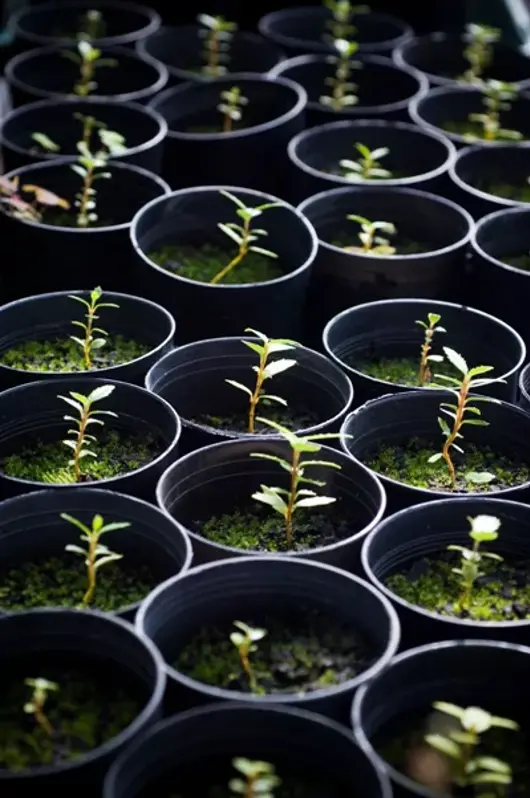USAID Administrator, W. S. Gaud, coined the term “Green Revolution” to describe the large scale investment in food agriculture that pulled Asia back from the precipice of famine and starvation in the early 1970’s. Driven by productivity growth, Asian countries became largely self-supporting. The recent return of high and volatile worldwide food prices has highlighted the fact that an internationally coordinated effort is once again required to develop sustainable strategies for global food security.
The food crisis and subsequent social and political instability that gripped Asia in 1973-74 became the catalyst for the Green Revolution. This evolutionary process saw Asian governments, assisted by foreign aid, undertake extensive investment in irrigation and infrastructure, research and development and various programmes that facilitated rapid adoption of new high-yielding varieties of staple grains. This transformation, while expanding output and easing hunger resulted in surpluses which caused food prices to fall, reduced financial returns and lessened the appeal of agriculture for investors.
At the upcoming International Symposium on Building a Sustainable Future in Sub-Saharan Africa, Monash South Africa will assemble a group of development practitioners from a variety of backgrounds, disciplines and experiences to explore strategies focussed on how best to meet the multiple challenges of water security, food security and business development.
“The world cannot afford to be complacent about food production, and there is an imperative and urgent need to reverse underinvestment to ensure higher food output”, remarks Sisira Jayasuriya from Monash University Melbourne’s Economics Department. “Climate change and population explosion have placed additional pressure on land, water and other resources. The time has come to spread intensive farming methods, particularly in Sub-Saharan Africa where improved input comes almost exclusively from cultivated land area growth and seldom from productivity growth.”
Despite the dip in public investment, Asian consumers have been largely insulated from the sharp price spikes that have led to food insecurity in other regions around the world. Jayasuriya posits three reasons for this overall stability during times of dramatic increases in international food prices. Firstly, government policy measures minimised the “pass-through” of international price increases into domestic pricing. Secondly, the food price increases coincided with periods of vibrant economic growth in Asia, expanding the capacity to purchase food. Lastly, high food prices need not be necessarily bad for the poor when the majority of poor live in rural areas and earn their income from farming.
The Food and Agriculture Organisation of the United Nations (FAO) estimates that the number of hungry people in Africa climbed to 239 million in 2012 and that 40% of children under the age of five are stunted due to malnutrition. These shocking statistics raise major research, policy and political challenges that need to be addressed as a matter of urgency.
The Sustainable Future Symposium will be taking place at the Monash South Africa campus in Ruimsig, Johannesburg on the 26th and 27th November.



